Kinetically pumped avalanche multiplication has been demonstrated in a colloidal quantum dot photodetector, achieving an 85-fold multiplication gain. This proposes new opportunities for developing colloidal quantum dot single-photon detectors.
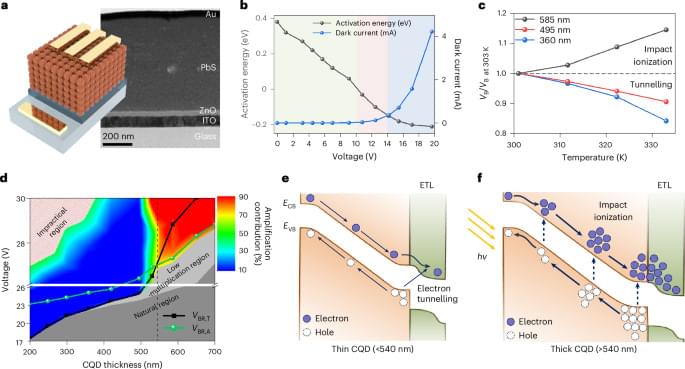

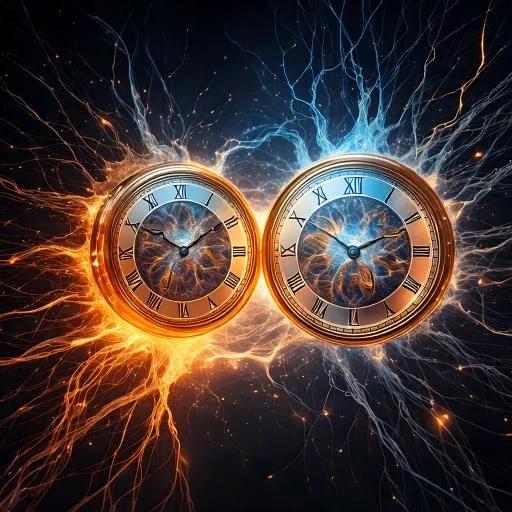
While classical physics presents a deterministic universe where cause must precede effect, quantum mechanics and relativity theory paint a more nuanced picture. There are already well-known examples from relativity theory like wormholes, which are valid solutions of Einstein’s Field Equations, and similarly in quantum mechanics the non-classical state of quantum entanglement—the “spooky action at a distance” that troubled Einstein—which demonstrates that quantum systems can maintain instantaneous correlations across space and, potentially, time.
Perhaps most intriguingly, the protocol suggests that quantum entanglement can be used to effectively send information about optimal measurement settings “back in time”—information that would normally only be available after an experiment is complete. This capability, while probabilistic in nature, could revolutionize quantum computing and measurement techniques. Recent advances in multipartite hybrid entanglement even suggest these effects might be achievable in real-world conditions, despite environmental noise and interference. The realization of such a retrocausal quantum computational network would, effectively, be the construction of a time machine, defined in general as a system in which some phenomenon characteristic only of chronology violation can reliably be observed.
This article explores the theoretical foundations, experimental proposals, significant improvements, and potential applications of the retrocausal teleportation protocol. From its origins in quantum mechanics and relativity theory to its implications for our understanding of causality and the nature of time itself, we examine how this cutting-edge research challenges our classical intuitions while opening new possibilities for quantum technology. As we delve into these concepts, we’ll see how the seemingly fantastic notion of time travel finds a subtle but profound expression in the quantum realm, potentially revolutionizing our approach to quantum computation and measurement while deepening our understanding of the universe’s temporal fabric.


Mapping the geometry of quantum worlds: measuring the quantum geometric tensor in solids.
Quantum states are like complex shapes in a hidden world, and understanding their geometry is key to unlocking the mysteries of modern physics. One of the most important tools for studying this geometry is the quantum geometric tensor (QGT). This mathematical object reveals how quantum states “curve” and interact, shaping phenomena ranging from exotic materials to groundbreaking technologies.
The QGT has two parts, each with distinct significance:
1. The Berry curvature (the imaginary part): This governs topological phenomena, such as unusual electrical and magnetic behaviors in advanced materials.
2. The quantum metric (the real part): Recently gaining attention, this influences surprising effects like flat-band superfluidity, quantum Landau levels, and even the nonlinear Hall effect.
While the QGT is crucial for understanding these phenomena, measuring it directly has been a challenge, previously limited to simple, artificial systems.
A breakthrough now allows scientists to measure the QGT in real crystalline solids. Using an advanced technique involving polarization-, spin-, and angle-resolved photoemission spectroscopy, researchers have reconstructed the QGT in a material called CoSn, a “kagome metal” with unique quantum properties like topological flat bands. This metal forms patterns resembling a woven basket, hosting quantum effects that were previously only theorized.

Leveraging the principles of quantum mechanics, quantum computers can perform calculations at lightning-fast speeds, enabling them to solve complex problems faster than conventional computers. In quantum technology applications such as quantum computing, light plays a central role in encoding and transmitting information.
NTU researchers have recently made breakthroughs in manipulating light that could potentially usher in the era of quantum computing. Details of this research have been published in Nature Photonics, Physical Review Letters, and Nature Communications.
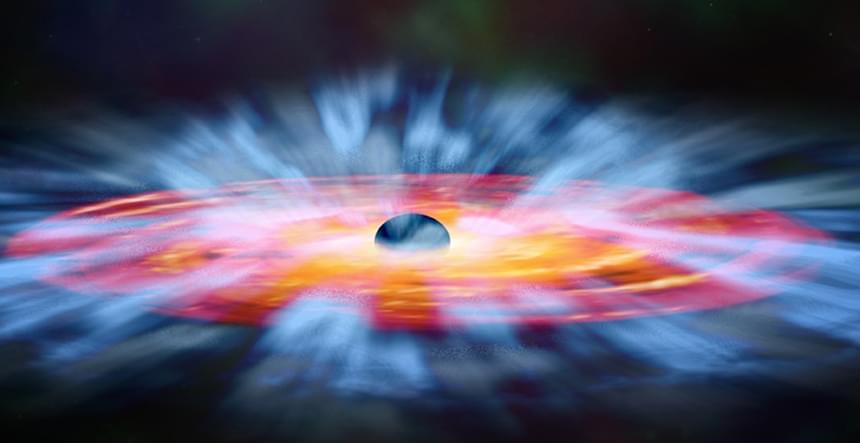
Second of two parts (read part 1)
If you want to understand gravity, it makes sense to study black holes. Nowhere else can you find so much gravity so conveniently compacted into such a relatively small space.
In a way, in fact, black holes are nothing but gravity. As Einstein showed, gravity is just the warping of spacetime, and black holes are big spacetime sinks. All the matter falling in gets homogenized into nothingness, leaving behind nothing but warped spacetime geometry.

Quantum computing and networking company IonQ has delivered a data center-ready trapped-ion quantum computer to the uptownBasel innovation campus in Arlesheim, Switzerland.
The IonQ Forte Enterprise quantum computer is the first of its kind to operate outside the United States and Switzerland’s first quantum computer designed for commercial use.
According to IonQ, Forte Enterprise is now online, servicing compute jobs while performing at a record algorithmic qubit count of #AQ36. The number of algorithmic qubits (#AQ) is a tool for showing how useful a quantum computer is at solving real problems for users by summarizing its ability to run benchmark quantum algorithms often used for applications.
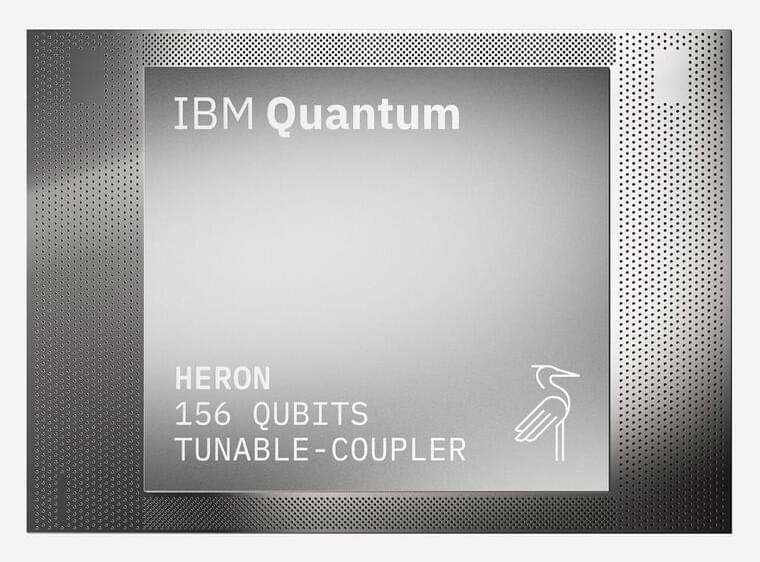
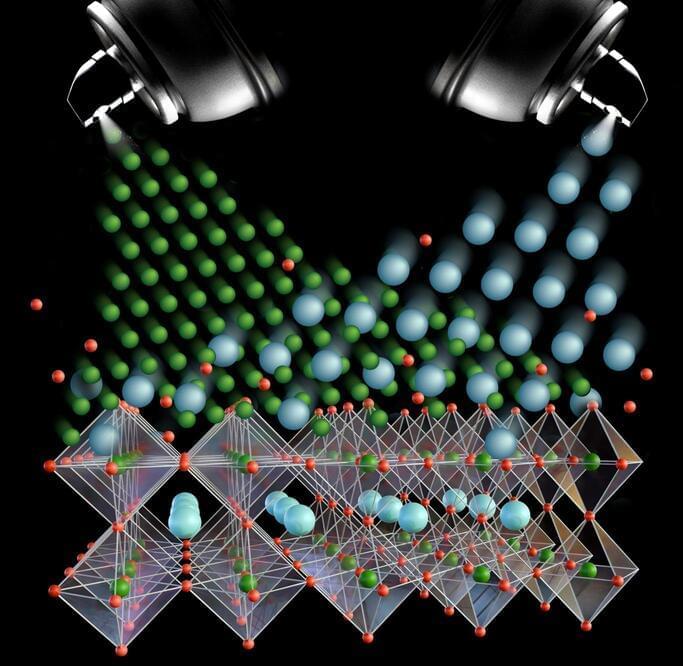
Researchers have developed a technique called “atomic spray painting” using molecular beam epitaxy to strain-tune potassium niobate, enhancing its ferroelectric properties.
This method allows precise manipulation of material properties, with potential applications in green technologies, quantum computing, and space exploration.
Material Strain Tuning
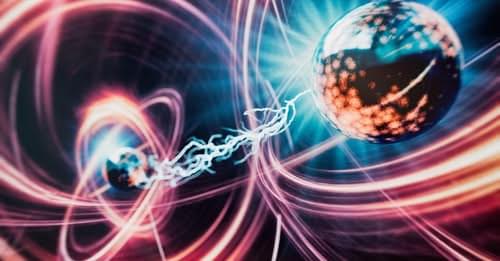
After forty years, the creator of scar theory has observed the phenomenon in real time.
Quantum scarring is a phenomenon in which traveling electrons end up following the same repeating path.
Scars of Chaos: Visualizing Mysteries in Graphene Dots probabilities cluster along the paths of unstable orbits from their classical counterparts. These scars, while predicted, have remained elusive to direct observation—until now.
+
Using an innovative combination of graphene dot fabrication and advanced wavefunction mapping via scanning tunneling microscopy, researchers captured stunning images of scars. Within stadium-shaped GQDs, they observed striking lemniscate (∞-shaped) and streak-like probability patterns. These features recur at equal energy intervals, aligning with theoretical predictions for relativistic scars—a fascinating blend of mechanics and relativity.
The researchers further confirmed that these patterns are connected to two specific unstable periodic orbits within the GQD, bridging the chaotic motion of classical systems with the world. Beyond providing the first visual proof of scarring, this work lays the foundation for exploring other exotic scar phenomena, such as those induced by perturbations, chirality, or antiscarring effects.
This sets the stage for new discoveries in [#mechanics](https://www.facebook.com/hashtag/mechanics?__eep__=6&__cft__[0]=AZXPCRQF-knoMxWsHdGuAINl_hxSgWpjd9vUPszcDQDED9B4XtpXqPPhvcrED0NuOfXnWgthLMzgHmb5MWHbg6_KCiMiM3QaLJM2p6zXDiZd5oSUVWZeKR8qhHn2bevNFEnZj4T-bvc595A_jLYg-RLGWJOGrgLefEZI-7CDt6hSLX7CskI28RIoWnxvrZR2Xks&__tn__=*NK-R), [#chaos](https://www.facebook.com/hashtag/chaos?__eep__=6&__cft__[0]=AZXPCRQF-knoMxWsHdGuAINl_hxSgWpjd9vUPszcDQDED9B4XtpXqPPhvcrED0NuOfXnWgthLMzgHmb5MWHbg6_KCiMiM3QaLJM2p6zXDiZd5oSUVWZeKR8qhHn2bevNFEnZj4T-bvc595A_jLYg-RLGWJOGrgLefEZI-7CDt6hSLX7CskI28RIoWnxvrZR2Xks&__tn__=*NK-R) theory, and material science, with potential applications ranging from technologies to our understanding of fundamental physical laws.
Explore #quantum at Facebook.